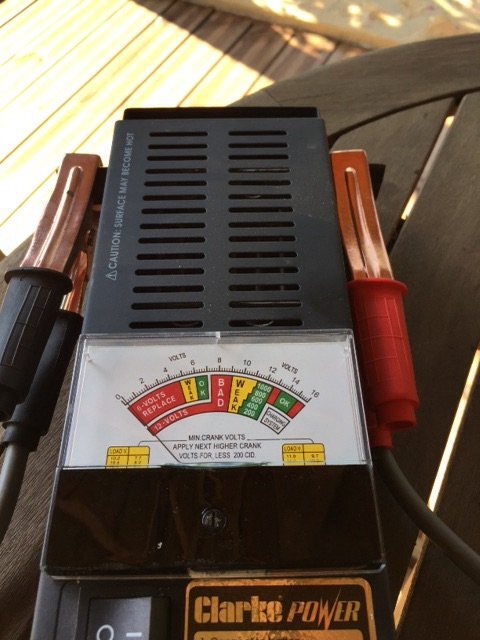- Joined
- May 13, 2014
- Messages
- 724
- Country Flag
I noticed that my Tmax split charge was clicking in/out frequently following a month of being laid up so I drove it around for a while to top up the batteries and this morning carried out some basic tests using my trusty digital meter. This is what I found:
1. Both batteries in the engine bay are giving 14.5 volts as has the Aux battery
2. On start up from cold the alternator is kicking out 16 volts but this settles to 15.5 after a few mins.
3. The FSM says test at 25 degrees C so I went for a run, retested and the result is the same, 15.5 volts
4. The split charge relay is no longer clicking in and out repeatedly.
The FSM says if it's charging at over 15 volts check the IC Regulator. I've no idea what this is or whether in reality 0.5 volt overcharge represents a problem.
Anyone out there who can advise?
I'm just concerned to address any problems before we leave on our tour in September.
1. Both batteries in the engine bay are giving 14.5 volts as has the Aux battery
2. On start up from cold the alternator is kicking out 16 volts but this settles to 15.5 after a few mins.
3. The FSM says test at 25 degrees C so I went for a run, retested and the result is the same, 15.5 volts
4. The split charge relay is no longer clicking in and out repeatedly.
The FSM says if it's charging at over 15 volts check the IC Regulator. I've no idea what this is or whether in reality 0.5 volt overcharge represents a problem.
Anyone out there who can advise?
I'm just concerned to address any problems before we leave on our tour in September.






